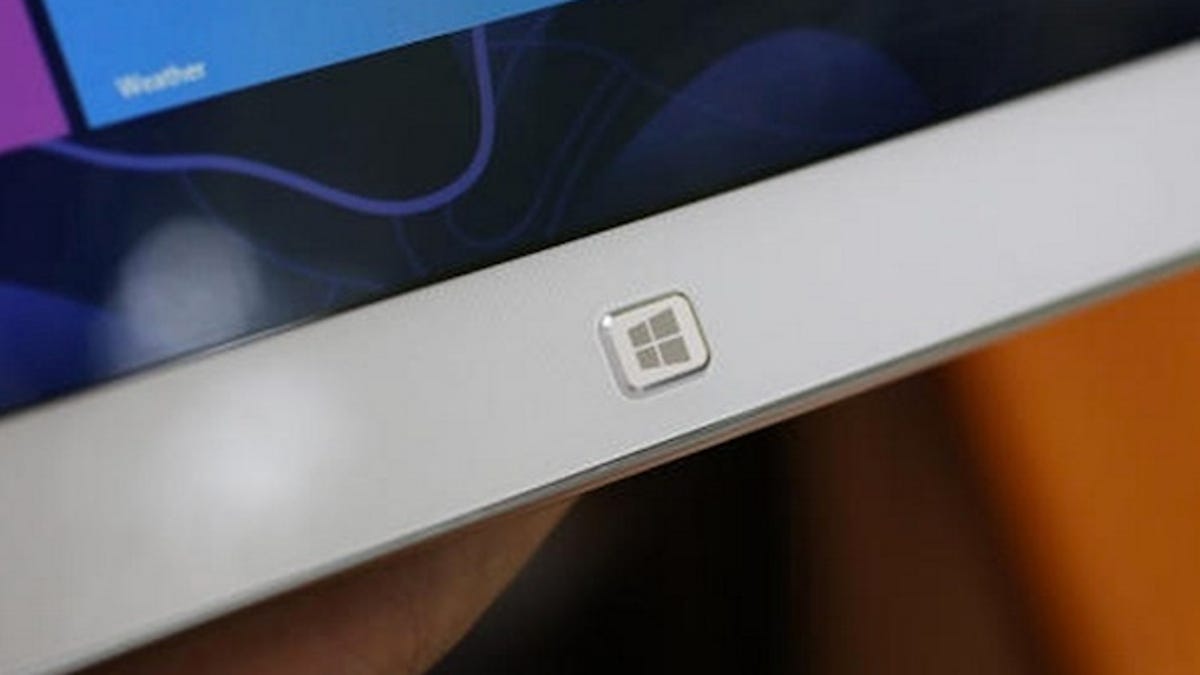A Windows 8.1 survivor's guide: Hardware
Making Windows more relevant in a mobile world is a work in progress. PC makers are in a battle for survival.

Here are some handy survivor tips for the Windows hardware camp as the traditional PC continues to decline.
With Microsoft's upcoming release of Windows 8.1, devices will need to be cooler, lighter, and...Well, let's just leave it at cooler.
The consensus seems to be that Windows 8.1 is, at the least, a modest improvement over 8.0.
There's a "Start tip" that sends you to a more customizable Start screen; you can make the app view the default in the Start screen; and new settings can send you directly to Desktop, among other tweaks.
But software alone won't improve the odds for Windows 8.1 in a world populated with Apple and Android mobile devices.
Hardware that could make Windows 8.1 more relevant, viable:
- Small tablets sans so-so me-too: Microsoft is now making sure Windows 8.1 works well on smaller screens. Enter the 8-inch Acer Iconia W3 and Lenovo MiiX 8.
But Acer's tablet doesn't appear to be a game changer, i.e., consumers aren't going to drop their iPad Minis and pick up a W3. "The 7.9-inch tablets like the iPad Mini and Galaxy Note 8...[weigh] well under a pound. The W3 weighs 1.10 pounds and its surplus of girth is immediately palpable. That is to say: for an 8.1-inch tablet it feels heavy and is noticeably thicker than either aforementioned tablet," said CNET Reviews.
That's not a good start. With all of their collective design experience and expertise, you would think that Acer, Asus, HP, Dell, Lenovo, and Sony could consistently trump Apple on tablet design. A potentially bigger problem: companies like Asus and Samsung -- which straddle the Windows and Android worlds -- could throw their weight behind Android. That would be a game changer.
Here's one suggestion. More products like the HP Android-based SlateBook x2 need to appear on the Windows side of the ledger. The SlateBook sports a IPS (1,920x1,200 display) screen, a fast new processor, and, with a keyboard dock, is priced under $500.
And Samsung's Galaxy Note 8 running Windows 8.1 would be more than welcome. CNET Reviews says it's "a stunning tablet" with a great screen. It would be equally stunning on Windows 8.1.
- Surface makeover: Back in May, CNET learned that Microsoft is eyeing a 7.5-inch-class Surface. If this comes to fruition, this is good news. While Surface hasn't sold in huge numbers, Microsoft is on the right track. So, a sleek, light, inexpensive yet well designed Surface tablet packing fast silicon and a high-resolution screen could sell in greater numbers.
- More touch laptops like Acer's new Aspire S7: CNET Reviews gave the S7 high marks, saying it's a premium-looking ultrabook, with great performance, strong battery life, and a high-res touch screen. It's definitely a looker. The more great looking Windows laptops, the better.
- I'll have that tablet in large, please: Dell's XPS 18 is interesting because it's relatively lightweight for its size and combines the novelty of a large tablet with an all-in-one.
- New Windows players with fresh ideas: This is a wild card. Something revolutionary that emerges from a Skunk Works project or a garage. Probability of it happening? Less every month as Windows PCs lose momentum.

